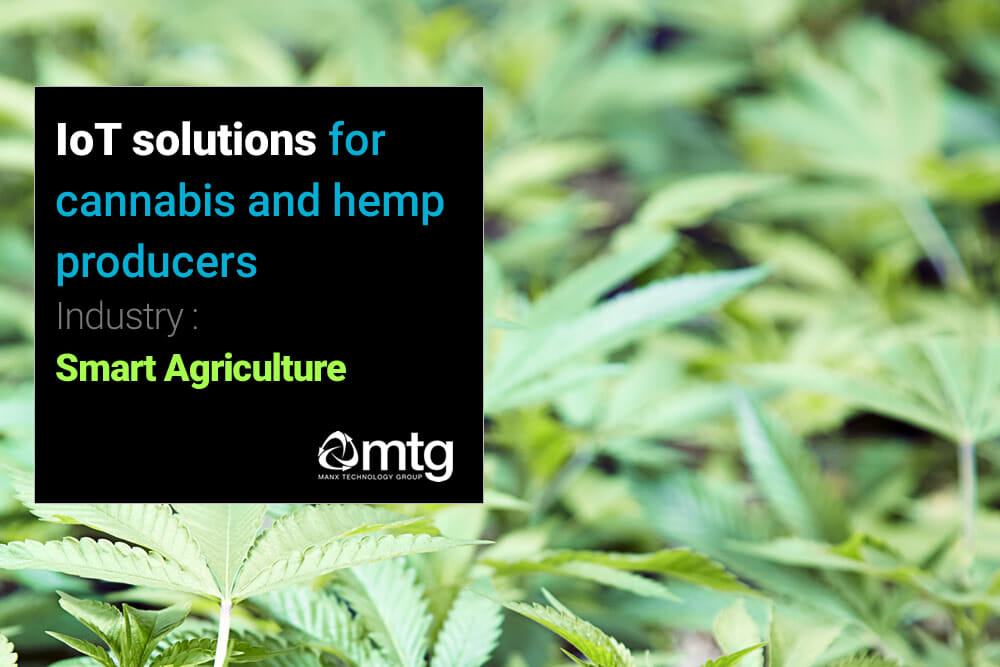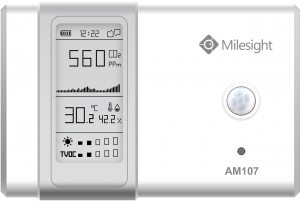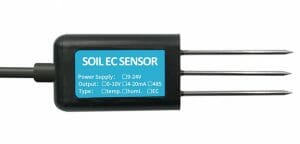
By adopting IoT technology, cannabis and hemp growers can optimise their growing and production processes. IoT soil, environmental and smart sensors can help improve crop output and improve yields. Learn what’s involved with deploying IoT in your business and also understand the value it can deliver.
IoT is widely adopted in agriculture, with smart irrigation systems, intelligent soil sensors, and environmental monitoring. Agricultural IoT technology, agritech or smart farming technologies – can deliver real value to cannabis and industrial hemp growers and producers. Cannabis and hemp are predicted to be a significant growth market, and IoT undoubtedly will have a role to play in this growth.
Cannabis and Industrial Hemp IoT sensors
Temperature

IoT temperature sensors can accurately monitor the temperature of your facilities with unrivalled accuracy. Low-cost, battery-powered environmental sensors can be positioned around the growing facility and monitored using IoT cloud platforms.
Humidity
Cannabis plants benefit from optimal humidity levels (55-65% relative humidity). High levels of humidity put less demand on soil moisture/irrigation – where plants demand more water from their roots. IoT humidity sensors usually combine humidity and temperature sensors, making it easy to monitor humidity and temperature.
Soil moisture
Soil moisture is an important measurement in cannabis growth. It is important to obtain the correct levels of soil moisture, and the optimal levels may depend on the type of soil, plants or other specific features of your production system. There features a range of IoT sensors focused on soil moisture, including traditional soil moisture (at different depths), electro-conductivity, soil water potential, and soil oxygen levels.
Smart Irrigation

A connected system allows you to control your irrigation system intelligently, using sensors such as soil moisture, humidity and temperature. IoT Smart valve systems allow you to activate and deactivate valves based on actual moisture levels, rather than relying on a scheduling system. Coupling with soil moisture and smart irrigation is a great example of precision agriculture. We believe Smart Irrigation should is a valuable system for any cannabis or industrial hemp producer.
Power Monitoring
Power consumption for heating, lighting and ventilation are key costs for any cannabis producer. Using IoT smart meters, you can accurately measure power consumption throughout your facility with high accuracy levels. Battery-powered, wireless single-phase and three-phase power meters can be deployed with ease, without requiring an electrician to install.
Asset tracking and seed-to-sale
RFID, BLE Beacons and 4G Trackers – can be attached to enclosures/packaging to provide realtime location tracking of your product. RFID and BLE beacons offer provision tracking of your produce and inventory throughout your production, quality control and distribution facilities – while 4G tracking can ensure produce is monitored once it leaves your facilities. The combination of these technologies provides asset tracking from seed-to-sale, with a range of integration options with your back-office/ERP systems.
How to get started
Three key systems need to be in place to get started using IoT and low-power wireless in your cannabis or industrial hemp growing business:
1 – Wireless Network
IoT works best when the sensors and systems have access to a lower power wireless network (LPWAN) because this allows you to benefit from battery-powered sensors. The most popular LPWan used for IoT is LoRaWAN. LoRaWAN is similar in many ways to WiFi in that it requires a gateway (similar to an access point) and is connected to an IP network with internet access. A single gateway could cover a significant growing facility – with an indoor range of up to 500m and an outdoor range of 10-15km!
2 – Sensors
The most important aspect of any IoT solution is the IoT sensors. Each LPWan will support several thousand sensors – so your choice and quantity of sensor will depend on your environment. For example, you may choose to deploy soil sensors in a high-density manner, while environmental sensors are less intensive. Power and irrigation sensors and control systems will depend on your infrastructure but can be deployed to suit your specific requirements.
3 – Cloud platform
The cloud platform is the brains of the solution. All data collected by your sensors is sent back to the cloud platform, and the cloud initiates any decisions, alarms or triggers platform. There are many off the shelf IoT cloud platforms, including platforms from Microsoft, Amazon, Cumilocity, ThingsBoard and many more. Some customers with specific use cases prefer to develop their own in-house systems. While this might sound an expensive option, a range of IoT toolsets makes the development of a custom system a relatively straight forward task.
Next steps
If you would like to learn more about how IoT and Smart Agriculture systems can benefit your cannabis or industrial help growing business, or if you would like to understand IoT solutions in more detail – our team of IoT experts will be happy to advise. We believe IoT can bring many benefits to cannabis producers, and leveraging technology will allow you to increase yield, efficiencies and profits.
Contact MTG by e-mailing sales@mtg.im, calling +44 1624 777837 or clicking Request a Quote on our website.

